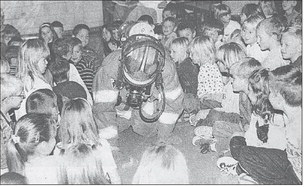Is this what living with the Jetsons would be like?


Robot vacuums have been around for decades now. A Japanese company by the name of Tomy released a toy robot vacuum named the Dustbot as part of their Omnibots line back in 1985, and even back then,...

